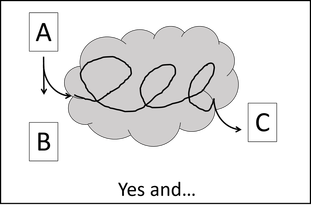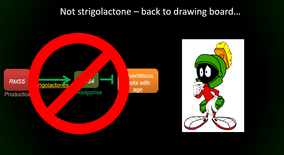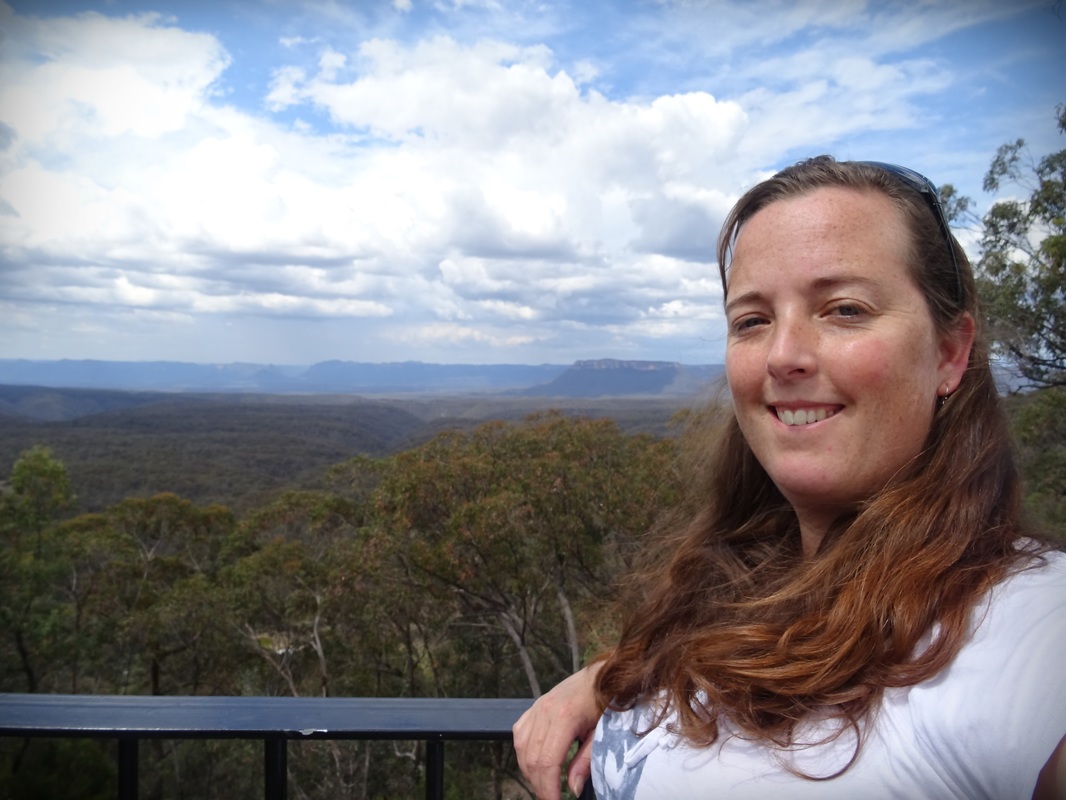 Today's blog is in response to what feels like an increasing number of actions designed to remove the autonomy and flexibility of the academic work environment. In short there is a disconnect between on the one hand expecting ever increasing outputs from academics while at the same time restricting (for example) our work hour freedom and adding ever more reporting (for example for times spent not on campus). This is not intended as a rant – for reports (accurate in my experience) of academia see these Guardian articles: https://www.theguardian.com/commentisfree/2017/aug/21/universities-broke-cut-pointless-admin-teaching https://www.theguardian.com/science/head-quarters/2017/aug/10/the-human-cost-of-the-pressures-of-postdoctoral-research https://www.theguardian.com/education/2017/aug/08/business-taints-universities-research-teaching I do however wish to point out that the most productive research/work environments include autonomy and flexibility (Bland and Ruffin 1992; Hill et al 2001; Martins and Terblanche 2003). Perhaps if staff were allowed to carry out their research and teaching without excessive pressure (and time wasted on admin duties) stress would be lower, there would be less guilt about taking holiday leave and having a life outside work, while at the same time would quite possibly increase papers, grants and good teaching because the ‘box’ would be removed and creativity far easier. Davis (2009) for example demonstrates that positive mood improves creativity. Having said that, I’m nobody and have little control over the business-style management of academia. So clearly I need to find ways to stay creative in an ever shrinking box as well as any strategy that can help minimise ‘cloudy’ days. I use the word ‘cloudy’ quite specifically here because Uri Alon used this term in his TED talk to describe that time in research when our results don’t match our expectations. This period is often high stress and can trigger bouts of depression because we feel we have failed. However as pointed out in his talk, this period in the cloud is essential for new findings to emerge. I recommend everyone watch this TED talk. It is both entertaining (he sings and does improv) and is an accurate description of the process of science. To borrow the sketch he draws on his blackboard we start with a question A and we theorise that the answer is B. and after a range of ‘failed’ experiments we get lost in the cloud. Maybe with support we might find that actually the answer is C which was previously unknown. Then we publish that A goes to C as if it’s a straight line. Anyone who has seen my talk on puberty in plants will have seen one of the classic examples where B was not the right answer to my original question (strigolactones were not part of the decline in adventitious roots with age) and we had to go back to the drawing board by screening a full range of hormones to see what else might be happening. Ok so that’s scientific process. But how do we get out of the cloud? Uri uses a technique from improvisation which is “yes..and…..” which means when a member of the team says "I’m in the cloud, the answer is not B". The response then is “yes and…..let’s try a bigger piece of paper”. The point being that instead of coming to a dead end, we attempt any other continuation of the discussion. We open different ways to view the question by bypassing our inner critics. For me the decision was “not strigolactones” “yes and….we can screen a whole range of hormones and see what changes”.
Uri describes this process perfectly and I do recommend watching his talk. As for my team, we are now going to use this cloud terminology and play the ‘yes and’ game. I hope this will help us all cope with future cloudy situations so that we can leap into the creative unknown! - despite the shrinking box! Resources https://www.theguardian.com/commentisfree/2017/aug/21/universities-broke-cut-pointless-admin-teaching https://www.theguardian.com/science/head-quarters/2017/aug/10/the-human-cost-of-the-pressures-of-postdoctoral-research https://www.theguardian.com/education/2017/aug/08/business-taints-universities-research-teaching https://www.ted.com/talks/uri_alon_why_truly_innovative_science_demands_a_leap_into_the_unknown Bland CJ, Ruffin MT (1992) Characteristic of a productive research environment: literature review Academic Medicine 67(6) 385-397 Davis MA (2009) Understanding the relationship between mood and creativity: A meta-analysis Organizational Behavior and Human Decision Processes 108: 25-38. Hill EJ, Hawkins AJ, Ferris M, Weitzman M (2001) Finding an extra day a week: the positive influence of perceived job flexibility on work and family life balance Family Relations 50 (1) 49-58. Martins EC, Terblanche F (2003) Building organisational culture that stimulates creativity and innovation European Journal of Innovation Management 6(1): 64-74.
1 Comment
Scott Young
8/9/2017 09:59:30
Excellent
Reply
Leave a Reply. |
AuthorAmanda Rasmussen Archives
May 2023
Categories |

 RSS Feed
RSS Feed
